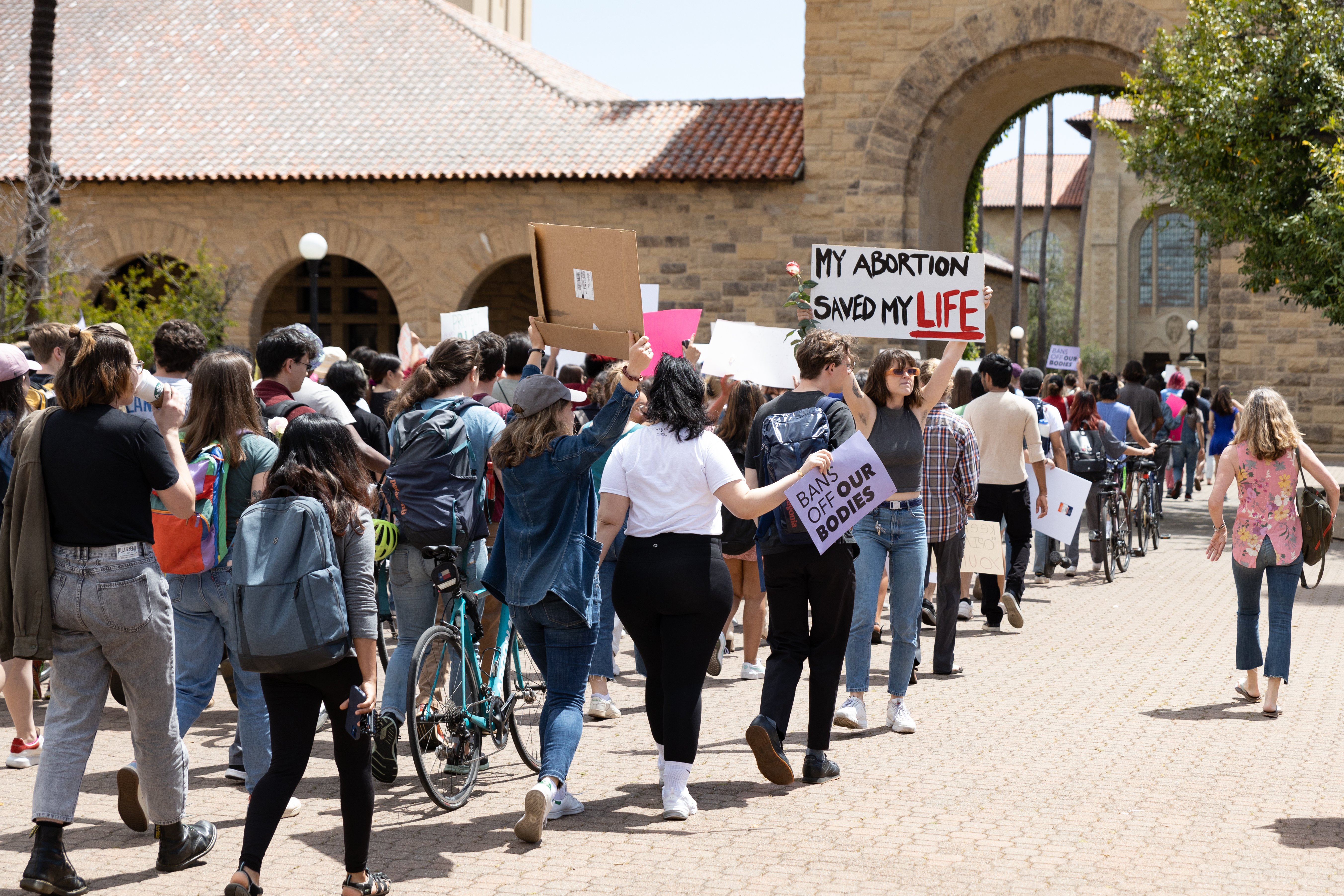When the Supreme Court justices convened in October 2023, they had an ambitious schedule ahead of them. Throughout the year, the court heard cases varying from the power of federal agencies to the immunity of a former president from criminal prosecution.
The court handed down various decisions during the 2023-2024 term that surprised legal experts, at times straying away from historical precedent — a practice uncommon for the court, which is widely regarded to have ideologically skewed conservative in recent years.
Bradley Joondeph ’90, J.D. ’94, who clerked for former Justice Sandra Day O’Connor ’50, L.L.B. ’52 in 1999, said some of the decisions in this term ran contrary to the court’s reputation of mostly adhering to “originalism,” a legal theory in which the constitutionality of a law is determined based on how it was originally understood at the time it was adopted.
“They were so out of character in terms of their reasoning for how this court normally decides cases,” said Joondeph, a law professor at Santa Clara University. “It was somewhat jarring compared to what they’ve done with respect to abortion and even how they reasoned in other opinions this term.”
Jonathan Gienapp, an associate professor of history and law, had mixed feelings about the term. There were decisions he thought were unsurprising, like Loper Bright Enterprises v. Raimondo, which limits the rulemaking authority of government agencies such as the Environmental Protection Agency. Other cases, like Trump v. United States – where the court found that a former president has immunity from criminal prosecution for all official acts – were more surprising for Gienapp.
“They were willing to create such a broad and expansive immunity framework… at a time when I was expecting them to do something a little more judicious,” Gienapp said. “I didn’t think they would take such a big bite out of the apple.”
Despite the uproar surrounding the decisions made by the current Supreme Court, Joondeph said this term was not unprecedented. In the grand scheme of the court’s history, he said, this year is only one episode in which the court’s ideology has skewed conservative.
“Everything that the Supreme Court does is significant. Every term matters. This doesn’t strike me as a monumental term,” Joondeph said. “I don’t think of it as being dramatic, particularly compared to what’s going on in the political sphere.”
Gabriel Frank-McPheter ’26, deputy editor-in-chief of the Stanford Undergraduate Law Review, expressed dismay at the court’s recent decisions.
“I think that the Supreme Court has gotten a lot more brazen with their willingness to reject long-standing precedent,” Frank-McPheter said. “I remember even just a few years ago, I never quite imagined that [Roe v. Wade] would be overturned, for example.”
Gienapp also observed contradictions among the court’s new originalist majority. Instead of using traditional Constitutional tests, originalists on the court this term would supposedly examine whether laws conformed to the “history and traditions” of the United States to determine if they are constitutional. However, Gienapp said this historical method was not consistently applied.
“Each year, I watched the court very intently because they now have the power and the inclination to do something with this historical method, to use a lot more history to remake the law,” Gienapp said. “It’s never entirely clear how they’re going to do that. The confusion and complexity of trying to figure out what to do with the history was a huge part of this term.”
Gienapp said this confusion was evident in one of the more high-profile cases of the term — Trump v. United States, where the justices did not rely on the original meaning of the Constitution as much as they claimed to.
“I was quite disappointed with the ruling and the opinion, particularly how it, despite being written and signed on to by so many originalists, effectively took no interest in originalism,” Gienapp said. “They made few historical arguments, they said very little about the original Constitution of the founding generation. ”
In Trump v. Anderson, Joondeph said the court considered the practical consequences of allowing states to remove a political candidate in the national election when making their final decision. Rather than relying on originalism, the court was “very functionalist and purposive” in terms of their legal reasoning, he said.
With regard to the future of the court, Joondeph said he anticipates more disputes around the administrative state and continued abortion litigation.
“They’re going to have continuing abortion-related disputes to deal with, contrary to their expectations,” Joondeph said. “They thought, ‘We overturn Roe, it’s returned to the States, we’re out of this.’ No… they’re going to have to constantly be tending to all these different sorts of questions that come up related to abortion.”
